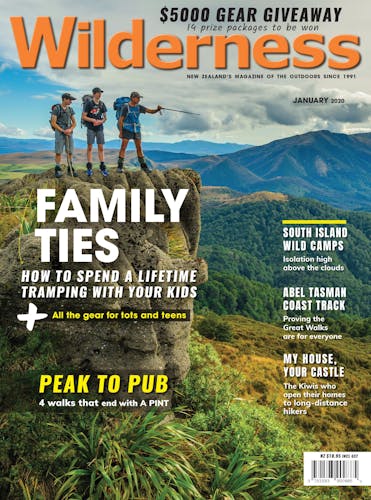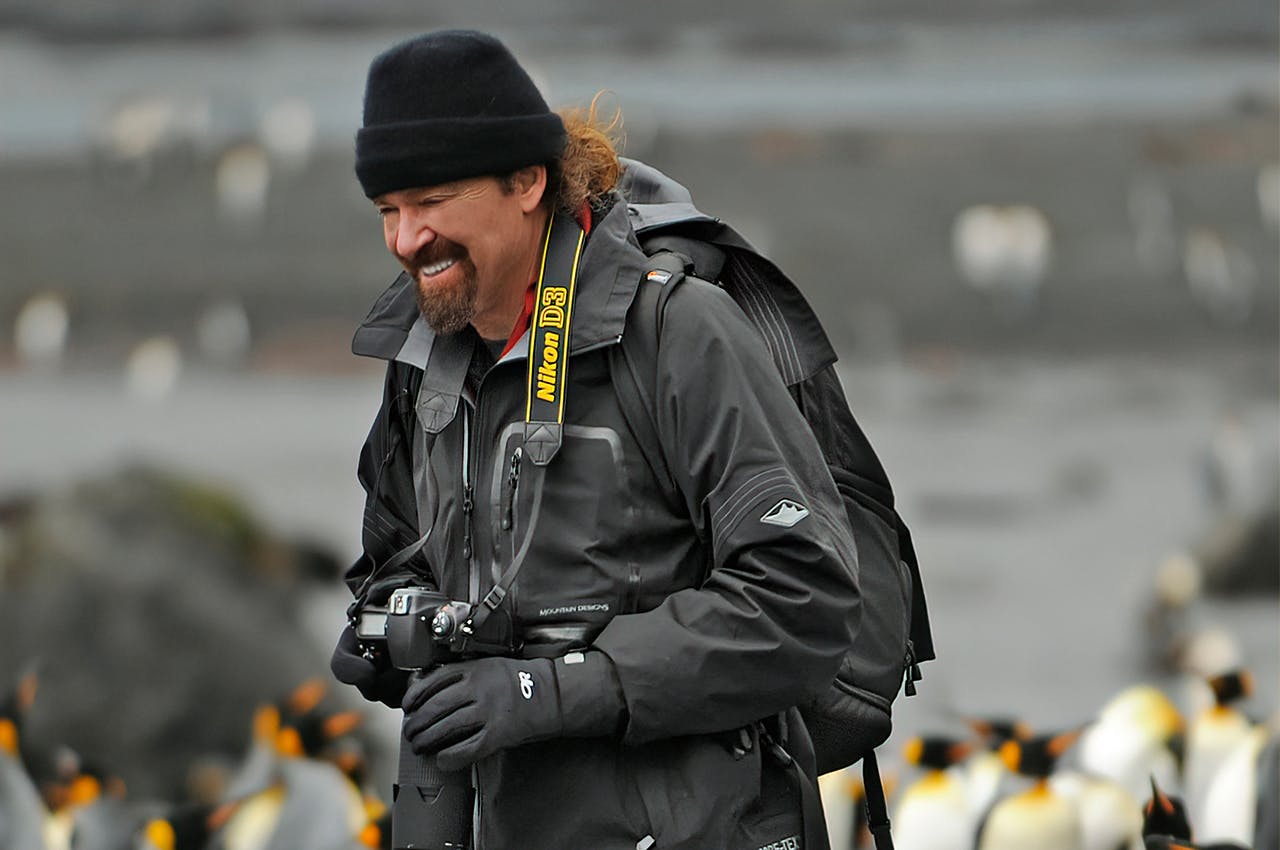Author and photographer Grant Sheehan has been fascinated by lighthouses since he was a child. He’s written five books about them, including, most recently, a series of three children’s books.
How did you get so interested in lighthouses?
When I was a kid, my father worked for the post office and he’d be away during the week. We’d drive into Nelson to pick him up every Friday night and have fish and chips by the beach. We would always take the port road and Nelson Lighthouse sits on the boulder bank there. It’s quite a beautiful lighthouse and I was always taken by this mysterious white tower way out on the boulder bank. When it got dark, you could see the light as it flicked around and I was hugely intrigued by it. I think that’s what set it all off.
You’ve visited every lighthouse in New Zealand, what’s special about them?
They are fairly simple structures. When you visit America and see the lighthouses there and compare them to ours, often ours are cuter, while theirs are huge massive structures.
Why have you written these three children’s books?
I’ve always had this idea in my head that I would like to write a children’s book about lighthouses. When I photographed my first book in the 1980s, there were a lot of lighthouse keepers in-situ – about 60 per cent of the lighthouses were still manned and I got to meet and photograph the keepers and they were all characters. I thought there’s a lot of neat material there.
My daughter’s favourite in your new series is Lucy Goes to the Lighthouse, in which you tell the story of Mary Jane Bennett – NZ’s first lighthouse keeper. What makes her story special?
I think of Mary Jane as a New Zealand hero. She was a classic pioneer woman of that era, bringing up five kids in this little cottage on the Pencarrow Hill, which is an absolutely desolate place to live. There was no electricity, cooking took ages and washing took days to dry. When her husband drowned crossing the harbour and she was asked to look after the lighthouse, it’s incredible that she took on that job and she did it so well that the government asked her to take it on full-time.
In another of the books, the story centres around two lighthouse keepers who lost their jobs. What happened there?
The Stephens Island book is set in the 1980s, which is when the de-manning process was well underway. All the keepers knew it was coming, but they thought they had a bit more time. The Ministry of Transport was brutal in the way it carried out the redundancies. It sent these stern letters and the keepers had no counselling aid or help to find other jobs. Some of them had been doing it for a long time, some were sons and daughters of lighthouse keepers. It was a big hit to lose your home, environment and occupation all in one go.
What do you hope children will take away from reading these books?
The whole subject of lighthouses is so anchored in our history. But like a lot of history it fades into obscurity as time moves by, but it seems to me that the lighthouses and the people who lived in them were quite special. So to present this to children as an interesting part of history and to get children to read about NZ history was the basic aim really.
Many lighthouses are now walking or tramping destinations – do you have a favourite?
Cape Palliser is a fun walk. It’s got 258 steps leading up to it and when you’re there you can walk around it. It’s painted in red and white stripes – it’s probably one of the most spectacular and easy ones to visit.
Another is Castle Point. That’s a magnificent landscape. You can go right out to the lighthouse and walk around it. For those who are feeling fit, you can walk around a huge lagoon and climb a hill behind it for views of the area. It’s all easily accessible.








